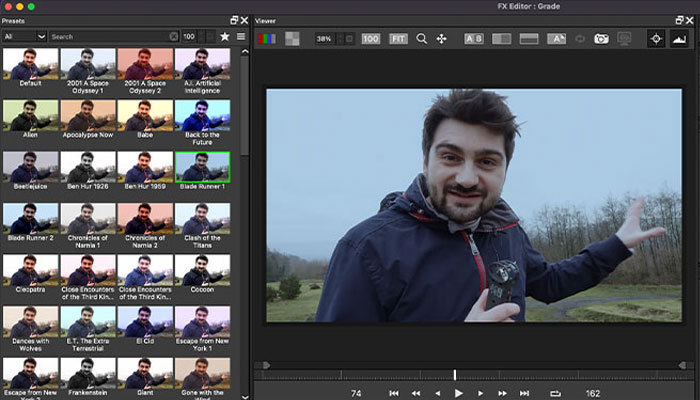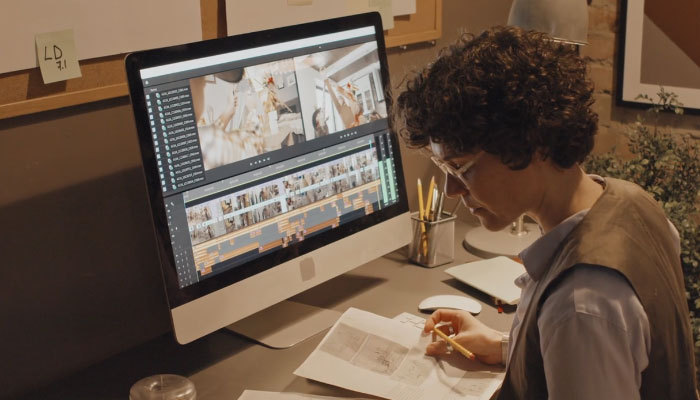Today we’re talking with John Axelrad, ACE and his additional editor – and first assistant editor - Jared Simon about the film Chevalier. John and I have spoken several times through the years on Art of the Cut including for Antebellum, Ad Astra and Lost City of Z. Other feature work includes Papillon and Krampus. TV work includes Hack and Alien Fury: Countdown to Invasion.
Jared’s assistant editor work includes Antebellum, Ad Astra, Dog, and The New Mutants. His TV assisting includes New Amsterdam.
Chevalier with John Axelrad and additional editor Jacob Simon
Stephen Williams seems to be a new director for you. How did you meet and how did you figure out the way to work with this new director?AXELRAD: I was very fortunate to have met Stephen. It came through my agent, and he told me about the script, Chevalier, based on a true story. I didn't know Stephen, but read the script and really loved it, so we set up a virtual interview and we just clicked. I remember in the interview he was telling me he was looking for people who wouldn't just be "Yes people" and would challenge him.
Stephen did a feature film in the 90s called Soul Survivor but really hadn't been in features since then and was mostly doing some very good quality TV. He worked a lot on Lost, Westworld, and Watchmen. He did a very notable episode in Watchman that garnered a lot of attention and won awards. I saw it and just fell in love with his shooting style. If you see Chevalier there's a lot of that in there.
He, of course, hired a great visual team with Jess Hall the cinematographer, and Jeff Haley who was a very in-demand camera operator who operates a steady cam like "no one's business. I was very fortunate that he picked me to be part of this team, as it was such a rewarding experience.
In the opening scene and the director's use of the camera is definitely evident, just in that first scene. I loved seeing them competing on a wide shot, then the closeups. Talk to me about constructing that opening moment.AXELRAD: I had just done my first pass on it and I got all verklempt I said “This is one of the best things I've ever edited” but it of course evolved, there was a back and forth with the studio, "Is it too long?" "Is it not long enough?".
When we started showing the movie to people they just loved it and then the studio said, "Put more back in."
It's very hard to break up the shots because they're so well-operated, gorgeous shots wrapping around and stellar violin playing. “Where do we cut?” “How do we get out of the shot?” You want to keep its essence but you wanna also build momentum. It came together and it was really the professionalism of everybody that made it work.
I love that you don't see a front on shot of Chevalieruntil he's revealed to the audience.
AXELRAD: I'm glad you caught that because that was the intent. He's a mystery to everybody and when he's revealed as a person of color there's an audible gasp in the audience. This is the 1700's in France and although France was more progressive than other countries at the time. Black Frenchmen were not at all equals and that's really what this film is about.
It's also really about this amazing artist that history has forgotten for various reasons, notably when Napoleon came into power he reinstituted slavery in the French colonies and then Napoleon had a lot of Chevalier’s work destroyed. Just now he's getting his due and they're playing the music that has survived.
SIMON: We got this huge library of Joseph Bologne's (Chevalier’s) music to listen and to play with. Early on we tried incorporating it but as a fan of classical music it was just really cool to listen to stuff that I never even knew existed before.
AXELRAD: Exactly. Hopefully this will be eye-opening for a lot of people to appreciate an artist that history has forgotten.
With so much intricate camera work, does that also mean you're having to not just talk about performance of the actor but performance and timing of the camera operation?AXELRAD: Later in the film there are highly choreographed montages with very specific time transitions, and his transitions are so well thought out, that's kind of Stephen’s hallmark. With the camera-operating they had a click track so they knew how long the shot had to last and when it had a transition. It wasn't all about the acting but it was about the timing of the shot and making sure that it was totally precise almost to the frame.
SIMON: There was a character to the audio specifically in the opening because we had this duet duel with Joseph's violin and Mozart's violin. We treated those as two separate voices and we actually panned them according to where they were on the screen so that they didn't double up on the center speaker.
I think when I talked to you last you were just monitoring in LCR.AXELRAD: We were and Jared came along and converted me to 5.1 and I thought "How did I ever work in LCR?" There are some people still working in stereo and I understand that there's so much to do in picture editorial and you don't always want to be burdened with audio, but for me personally, I'm an audio nut and I love doing temp sound design.
SIMON: One of the advantages is it lets us hit the ground running in the mix because we've already expressed our intention about what it should sound like spatially. And the director’s used to hearing it in the cutting room in 5.1, so it's really cool to bring it into a screening room.
I'd originally wondered how it would've been to edit around the fact that the actor couldn't really play the violin?
AXELRAD: He had to master the violin for this role and he trained. It's just amazing. I also edited for Don Cheadle, when he directed Miles Ahead in which he played Miles Davis and he had to learn the trumpet. I also edited for Chris Evans, in a film where he had to learn the trumpet.
SIMON: You're working your way through the Avengers. (Laughing)
AXELRAD: Yeah, I guess Kelvin will be the next Avenger maybe. (Laughs) But he just brought so much to the table and his playing was spectacular. We had a music editor, his name is Andy Glenn. They shot this in Prague so he was there on set and he was instrumental in helping us.
He would go through every take and say “His vibrato is right and his fingering is great”, “His bowing is great and then here it doesn't quite match”. So we would flag those moments in each take and cut for the best musical performances.
From multiple projects that you and I have talked about, you really pour into your assistant editors, talk to me about the reason why.AXELRAD: I'm a big proponent of mentoring, I’m very involved with the ACE Internship Committee where we select the ACE interns and even the ones that aren't selected we do our best to mentor. It's just my way of giving back, I'm not so much a teacher although Lee Haugen always jokes about it.
SIMON: The School of Axerad!
AXELRAD: Yes! Which is really funny and apparently in the latest issue of the Editors Guild Magazine there's an article about Tom Cross and then Scott Morris who was my first assistant. Scott edited James Gray's Armageddon Time which I couldn't do because of Chevalier.
I want my team to be involved creatively, I find it much more rewarding and I don't always have all the answers. We inspire each other and finding Jared as the next person to take the baton was really a godsend, you've just floored me with everything you've done and I'm just very lucky to keep finding assistants who not only are great as assistants but show so much potential creatively as editors.
Ultimately I think it makes for a better film so I always try to bump the credits up for my assistants, at the very least get the assistant team placed higher in the end crawl.
We talked in the past about your love for ScriptSync, do you use ScriptSync to build a blank timeline or is that more for working with a director?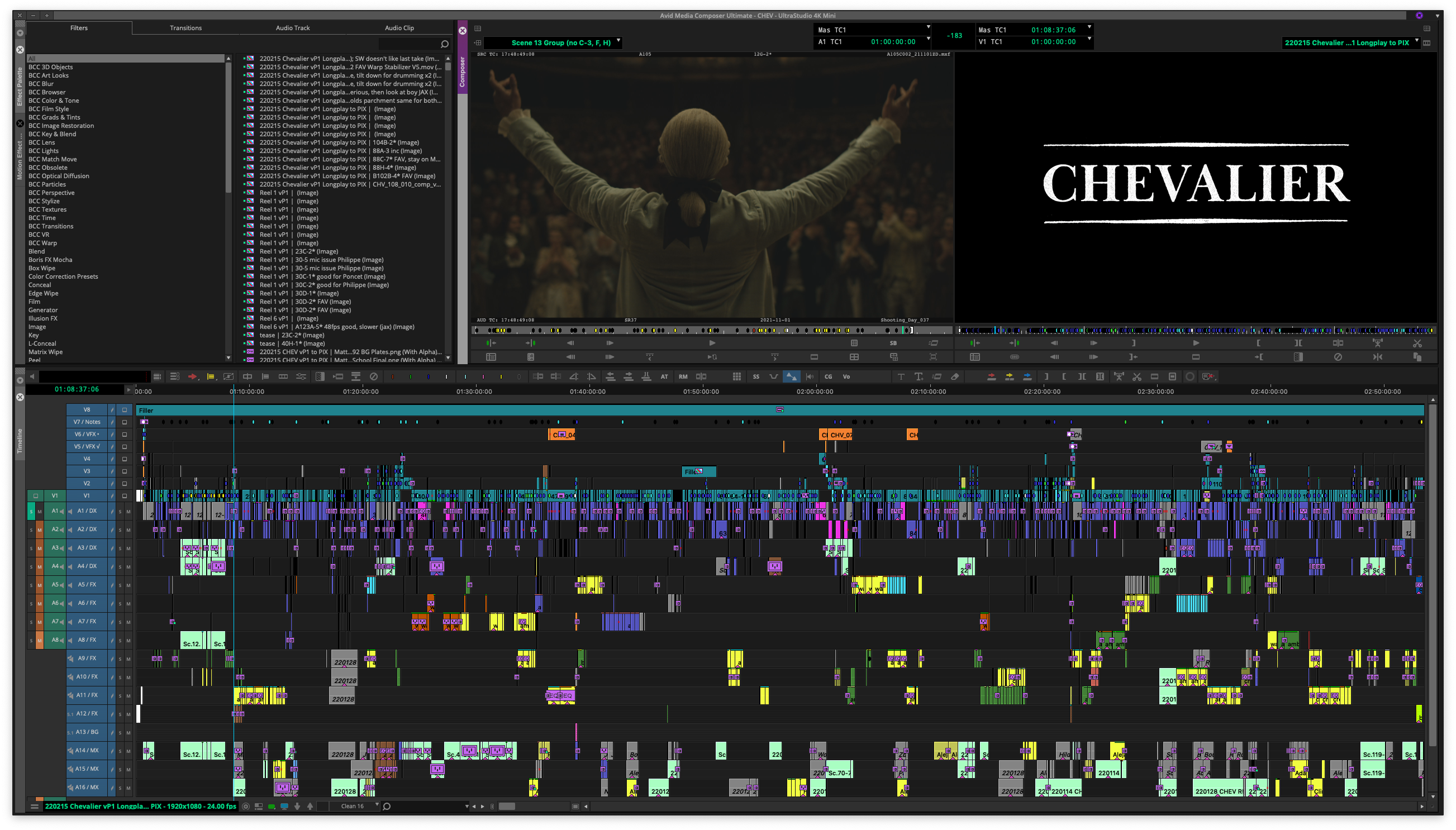
AXELRAD: Yeah, one reason among many that I'm a huge proponent of Avid is they have the patent to ScriptSync which came from EditFlex a long time ago and I'm old enough to remember all these different non-linear editing systems. When EditFlex went out of business, Avid wisely bought up the rights. It's just such a wonderful tool to compare performance and also visually see how the coverage is laid out. You can have your coverage in a tile view and this is one reason why I don't want to go to Premiere because I do really rely on it, especially working with the director.
It's just so nice for the directors asking “How many takes do we have of this line?” I can instantly look and tell. Takes within takes are notated and visually represented on the script page in ScriptSync. It just makes for an efficient editing process working with the director.
SIMON: Our 2nd assistant Alyse Kollerbohm knocked it out of the park and she went above and beyond because for scenes that had music playback in them, she'd make sure that the script marks across takes matched the music playback so every time John would double click on a different take, we could make sure that it was still in sync across multiple performances.
On top of that we have a handful of action sequences, specifically the fencing sequence where it wasn't scripted where the blocking wasn't scripted. But Alyse reverse-engineered it and she would say, "Okay, this is when Joseph lunges and this is where Picard steps in."
AXELRAD: It's not just for dialogue. I'll cut action sequences different ways in terms of prepping the dailies, I'll block it out or choose selects and have multiple sequences with different selects. Alyse definitely "knocked it out of the park."
Have either one of you done a movie with a lot of ad-libbing and using ScriptSync? How do you deal with that?SIMON: Depends on how significant it is, I think part of our system is that if the line is slightly different but in the spirit of the same line, we color code just that part of the take. If it's an all-new line we'll ask the apprentice or assistant editor to add the line in just like Alyse was adding in action beats. We'll transcribe it and we put little carets on the side to show that this wasn't originally scripted.
AXELRAD: Obviously with comedy it was so helpful to have the ad-libbed lines in there and I do try to go through the footage myself first. We have a color-coded marker system that alerts whoever's scripting "Okay, this is an ad lib" so we get it delineated in the script.
Talk to me about the structure of the film that changed from the script and making those transitions. Whenis the exact moment that you jump from current time forward or back?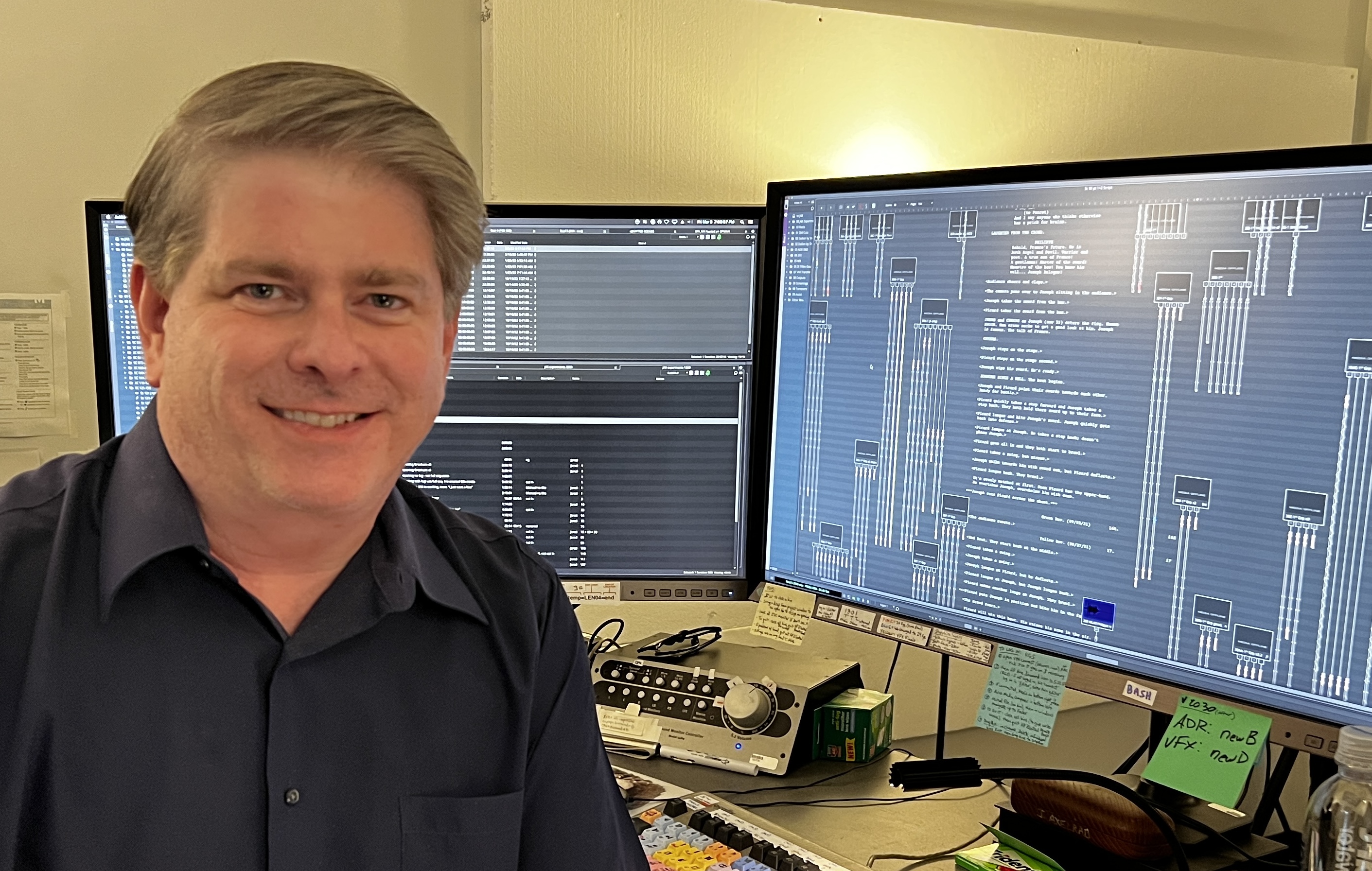
John Axelrad, ACE using Avid ScriptSync
AXELRAD: A lot of films that I've edited we do play with structure and we move things around a lot. Right now I'm editing Spaceman for Netflix and a lot of the scenes have been reordered. But in Chevalier we stuck with the script and I think we at one point maybe talked about changing structure. But as I mentioned before Stephen is so good at preconceived transitions and how they're going to work in the camera. So it was always scripted that it would start with this modern-day violin duel and then go back in time.
There's a really cool transition where he's accepted into this music school and he starts hearing violin playing as he walks down the hall. The camera pans off the young Chevalier onto the classroom, then we see the older Joseph Bologne playing the violin and so it's basically an in-camera transition.
SIMON: That's part of what I like about that transition in particular, it's not immediately clear because you're not aware that there's been a transition, it just looks like he's been drawn in by this music and you don't know who's playing it. As we get closer you go, "Oh, is that an older version of him?" and it's revealed.
Let's talk about dealing with notes. You've watched John work. What have you learned about dealing with notesSIMON: I've learned so much from watching John. Sometimes he'll joke because I'll ask, “Can I just sit in your room and watch you edit?” He'll say, "It's like watching paint dry" but not to me and I think not to anybody who's really passionate about editing. There's something to gain about watching how someone approaches the note but also how they react to it emotionally.
At first a note might seem counterintuitive but I've learned it's really important to exercise the note even if you don't think it's going to work. One of the things that John has always taught me is to do the notes, especially ones the director might not be a fan of. I do them as an experiment on the side and I see if it works, sometimes John will come in and say, “It's awful, great job!" and it's not because I did a good job executing the note but the note itself isn't quite working.
AXELRAD: Dealing with notes there's a lot of politics and we as editors are craftspeople but we're also politicians and we mediate often. Especially if the director and the studio aren’t seeing eye-to-eye. We had a great creative team at Searchlight. They were very involved and their notes were very good.
Organization is key, every film we come up with a new way of keeping things organized. I started doing these experiment bins, color coding and labeling because if we did something and the first reaction's “Eh, forget it" and then months later they say, "Remember you did this two months ago" and I have it.
One of those things that people think we've lost from moving to Avid is that the assistant was always with you in the room and now the assistant is almost always in another room.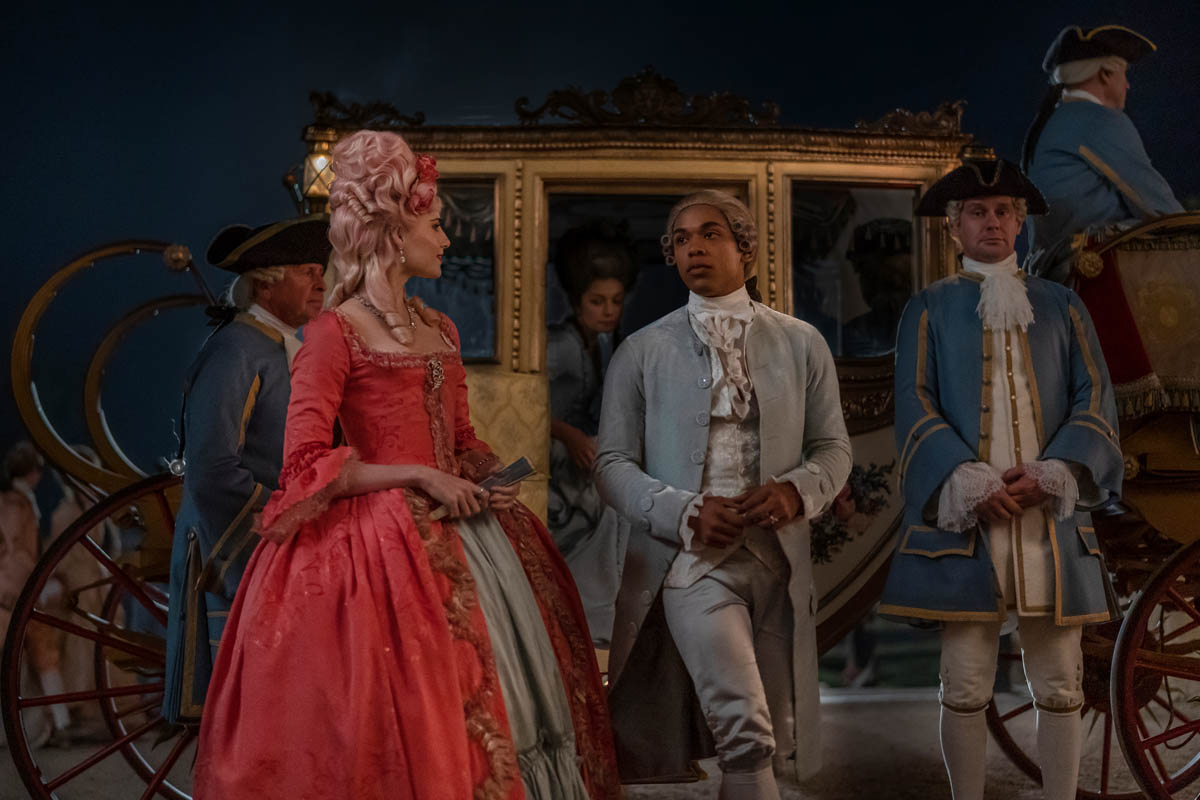
SIMON: I'm glad you brought that up. The rooms that we've been in for this and Antebellum were conjoined so I felt like I was in a sidecar and I could always keep my ear out for what John and the directors were talking about.
AXELRAD: You were like Robin. I was Batman. (Laughing)
SIMON: I loved it and I couldn't imagine being sequestered in another room down the hall where someone would've had to yell for me. We were in the same facility but in a different part and we found two rooms right next to each other.
We could see each other when we were both sitting at our desks, so it was very easy to communicate and I felt like we were all in this little pod. I could overhear what the director was saying still because I’d work with the door open. I could already anticipate their needs and put something in a transfer bin, then I’d text John from the other room and be like, "Hey, check your transfer bin!"
AXELRAD: For me it's a great form of exercise to get up and have to walk to his room and back to my room. This is how I work out every day.
How quickly do you bolt scenes together?AXELRAD: I like to do it sooner rather than later because for me the dailies process is my most stressful. I want to see a big picture and it bothers me that we don't necessarily know where we're going. “Is this gonna work?” “Is this not gonna work?”
The editor's job in dailies is to notify the crew of potential issues and to notify the director that we may need some more coverage here - or worse yet - that the performance is great but the camera is out of focus. Something like that where there are so many things that put pressure on our shoulders to monitor but still at the same time I'm trying to cut the scenes together.
When scenes do come together and they're sequential, I'm very happy to put them together. I like to put temp music in a lot of the time as I'm editing - after a scene is edited of course. I first want to focus on the dialogue, story and the characters and then maybe we'll put in some temp sound design just as an idea. And even if I don't have the scene before or after it I'll put it to the scene and just let the scene live by itself.
My anxiety is definitely reduced when the dailies are done. I feel I've committed all the footage to memory by that point and now I'm excited to start working with the director and getting the film into shape because everything is in there.
That was one of the big lessons for me on the first project I ever did. The director needs to see what I see. I just wanted to cut stuff out immediately but then the director doesn't get to say "Oh, you didn't need those lines."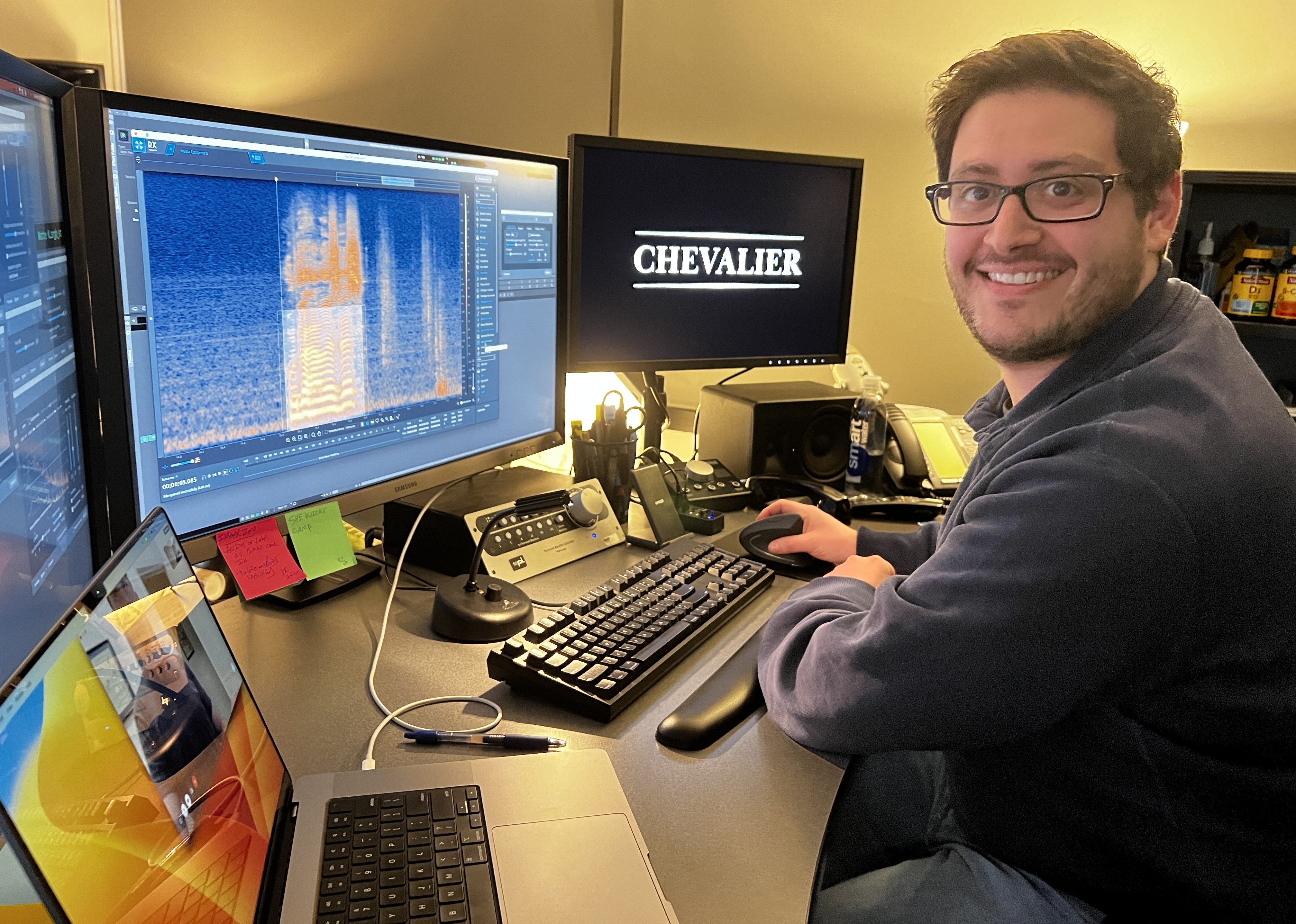
Additional editor Jared Simon working on sound with Izotope tools
AXELRAD: Yeah, you can't say, "This doesn't work. I cut it out." They have to see it.
SIMON: It's tough because they don't always like it, it's hard to sit through the first cut.
AXELRAD: Yeah, I talked about the different virtues of an editor: craftsperson, politician but also psychologist because you have to have so much patience and foresight of what the process is like. Experience obviously brings this perspective to you.
Knowing that sometimes you may lose a battle or two but ultimately your goal is to win the war and there'll be things a director is just adamant about that I may not agree with. I allow it and let he or she live with whatever they're attached to and oftentimes at the end they’ll come back around and see your perspective.
Although I've been wrong many times and there's things that I’ve thought “No way is this gonna work” and then I've been proven wrong but that's what's so exciting about what we do.
Jared showed me his amazing code book which is built in FileMaker and some of that codebook did many things, VFX turnovers and all kinds of stuff, but one of the things was the reels and updating. Can you describe how it does that and why you need to do that?SIMON: A lot of the things that I've been asked to do I find creative solutions in FileMaker. It started out as a way to keep track of the current version of the reel when I do turnovers.
I've got a table in my FileMaker database where there's one record for every reel and so when I'm doing a turnover or I'm doing an output, I'll copy the total duration of the reel and I'll paste it into a field in File Maker.
There are a couple calculations that take place to break it down into total number of frames and that calculates the total running time of that reel accounting for head and tail leader, which we carry on all of our reels. It'll calculate the last frame of action.
We have the Estimates for the scene, that way it's a little bit easier to do because a lot of this is about saving time and being efficient. If we don't have to be frame accurate when it comes to timing up the scenes of the continuity then I can just do the TRT of the reels, marry that with the continuity and call it a day.
Every time I do a new turnover for any specific reel I can just update the timing of that reel and the whole show stays in sync. I can send out updated paperwork with correct ADR and that trickles through everything so the reel version shows up in the ADR tracker for the ADR cue sheets and for anything sent to DI with the DI list, that includes color notes, opticals, titles and music cue sheets. It's all related and it's all under one hood, so it saves me a lot of time and I think it represents the room very well.
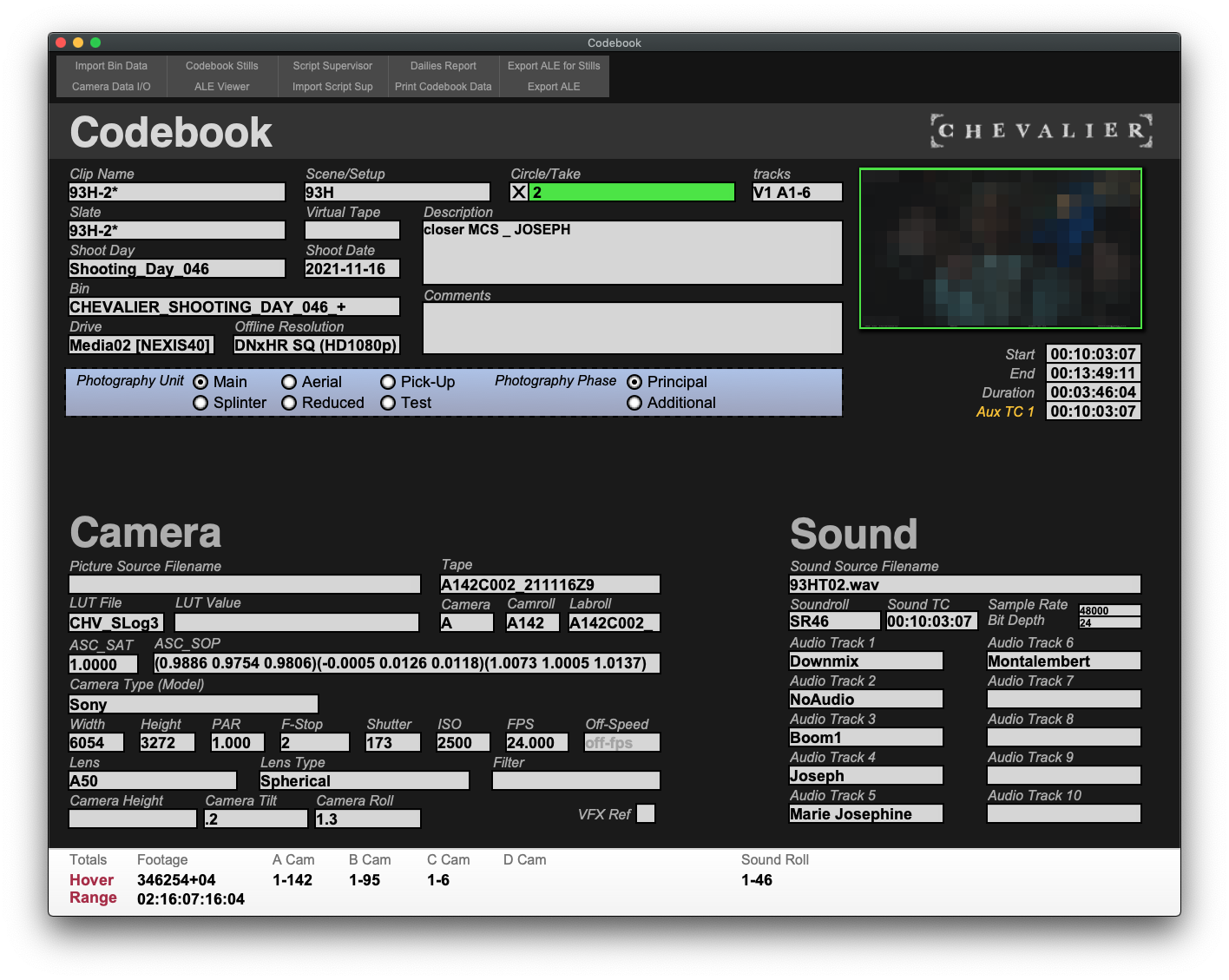
A page from Jared's immaculate codebook from Chevalier. This allows efficient turnovers and the team to be on top of requests for assets.
How important it is for the people at the studio and the people in the other departments to see your team as competent.SIMON: I'm very proud of being able to represent the room the way we do and it starts from dailies because the studio will ask us to provide a dailies report and that has a top sheet and summaries for the day of dailies. It starts with them seeing the paperwork for that and there's a consistency to the paperwork that the database I've designed spits out.
All these layouts are based on one another and so the dailies report has a consistency with the ADR list and the continuity in the LFAO list.
AXELRAD: To your point earlier about representing the room and what that means, I take a lot of pride in that. I want to be seen as a team and I want the director of the studio to not just be impressed with what I do but that our whole assistant team has been on top of everything.
SIMON: When you talk about the database and the importance of building your own or coming up with your own solution. Searchlight when we started out said "Be prepared." I asked them "Is there any paperwork that you guys are expecting to see?".
I'm used to just handing over a continuity so I said "What kind of information do you want on the continuity?" Just because I was curious and it turned out to be a pretty good question because they said "We like a standard continuity but we also want a music continuity."
I hadn't heard of that before and I was like "You mean like a music cue sheet?" They go, "No, a music continuity" I said, “Describe this music continuity? What do you want to see on this?” It was effectively a Music cue sheet. Even if it was temp music they wanted to see what the duration was for the the head of the music department and so I came up with a way we could timeline clip comments within Avid,
I'll assign it a cue code and then I can export an EDL from each reel, import the EDLs into FileMaker and then it takes the minimum and the maximum of all of the cues that are tagged as one cue code and it'll list all of the sources that it found within there and then time it out.
Can you talk to me a little bit about the schedule?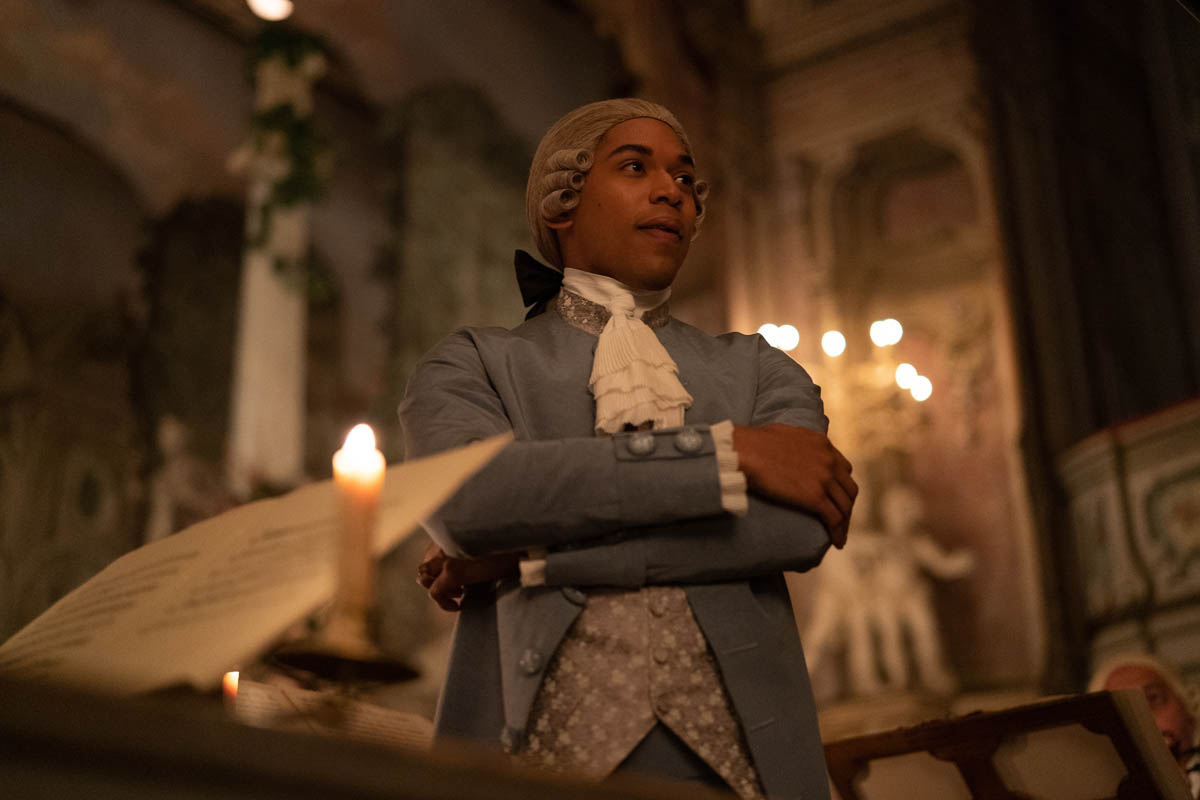
AXELRAD: This film was very unique. It was a very unusual schedule, they shot for 47 days, which is a lot for a film of this size and it wasn't a huge budget. They didn't shoot every day which was a miracle for me.
Some days they'd do a three day week, some days they would just shift the days around and shoot on a Saturday or Sunday and I don't exactly know why but it was a godsend for me because I was able to stay caught up with the dailies which - when they shoot every day- it's really hard to just have a catch up day.
The schedule was pretty standard, after dailies I had a week to get everything together which was really polishing at that point.
I remember when I was an assistant in my career, the editor would often say feel free to cut and I just did not have time, I was so overwhelmed with the workload and it was very hard to make time for it except coming in on weekends.
How long was the director's cut?AXELRAD: The director's cut was 10 weeks although we were in such good shape after four weeks he was really happy with where it was. I said “I know we're not required to do it but I think it's always goodwill to get the studio to see it sooner”, not that their notes process starts then but just to make them feel involved so they can hopefully feel respected and know that it's in good shape.
They were very appreciative they got to see it early and I think they did mention some things which we worked on for the remainder of the 10 week director's cut period.
Then the studio notes process did go on for a long time. The notes really helped push the film to the boundaries of where we could go and what we could do. It made us think of things that we wouldn't have thought of before and that did take longer than the standard studio process. But it was the best thing for the film.
SIMON: We weren't against any deadline other than our original wrap date which of course we tried to hit.
What's the standard studio deadline?AXELRAD: You get a 10 week director's cut and then normally it's 26 weeks of post which is standard but usually what happens is after the director's cut is you show it to the studio and you'll get a preview screening.
SIMON: When we were doing the mix we were bouncing between the mix and color, John tended to spend more time at the mix and I would go back and forth between the cutting room and color because we were also doing VFX, that's how we tried to split our time and make sure we made the most of every week that we had.
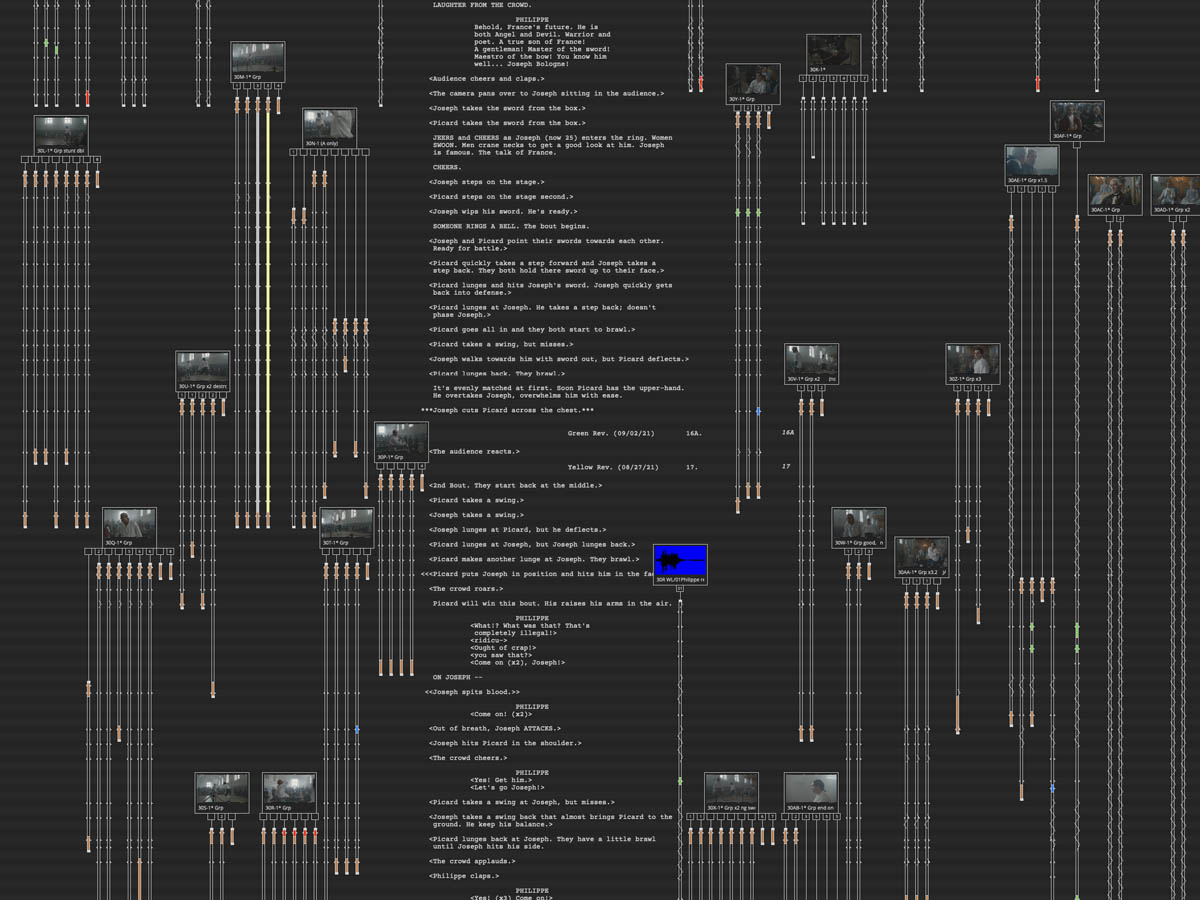
A portion of an Avid ScriptSync page from Chevalier. This excerpt shows about 1/10th of the full image.
AXELRAD: I really don't like leaving the mix stage. That's the part of the schedule that kind of stinks when they schedule the mix and color simultaneously. I think there wasn't that much overlap on Chevalier but there was overlap and especially when we had to review VFX to final in 4K at our DI facility (which was in Hollywood) and the mix was at Signature Post in Burbank. We had a great mix team Alex, Rich and Christina. It was relatively smooth.
So standard would be how long, for the mix and the color?AXELRAD: So picture lock then the sound team usually gets several weeks and if they're involved in doing temp dubs then they get a head start. In this case I think they needed three weeks to get up to speed.
Then there were pre-dubs which I attended. It was a week for dialogue and a week for sound effects which is standard for a film of this size. I always think the mixes are too short but for a mid-level budget film like this I think it was two and a half weeks, three weeks with fixes.
Then most directors that I've worked with don't want to sit there the whole time. I sit there the whole time, they'll come in to review a reel and then we'll go back and do a notes pass on that reel, then move on to the next reel. The goal is to do multiple passes on the reels because just like the edit, we need to live with it and see how everything plays together.
Editors talk about themselves as being storytellers. How do you improve the story or enhance the story that's in the script when you have dailies and you're cutting a scene?AXELRAD: Yes, editors are storytellers and we are in a very fortunate position to be doing this type of work. It is the final rewrite of the film. Initially we are looking at things in a micro point of view and when I say micro we're finding out are there issues with the scenes that we're putting together.
I've been in some difficult situations where if there’s camera issues the DP says only let them know, don't tell the director and it's like, what do you do? Then the producers are calling, "Do we have problems?", what do you tell them?
SIMON: On a micro story level I remember when Marie-Josephine comes in and tells Joseph that she very much would like to be in his opera. Just within that scene it was shot pretty standard, there was a wide, two mids and two closes.
He doesn't fully understand her world and it was about when do we cut to her close up and when do we stay with her? The nature of the scene is that he flips it and he goes “You think you have me figured out but you have no idea” and he tells her about his life and we put some distance between the two characters because that's when we popped out of her close and went to her mid as if to imply there's some more distance between the two of them. I think on a very micro level it was how do we imply all of this just in the microcosm of that one scene.
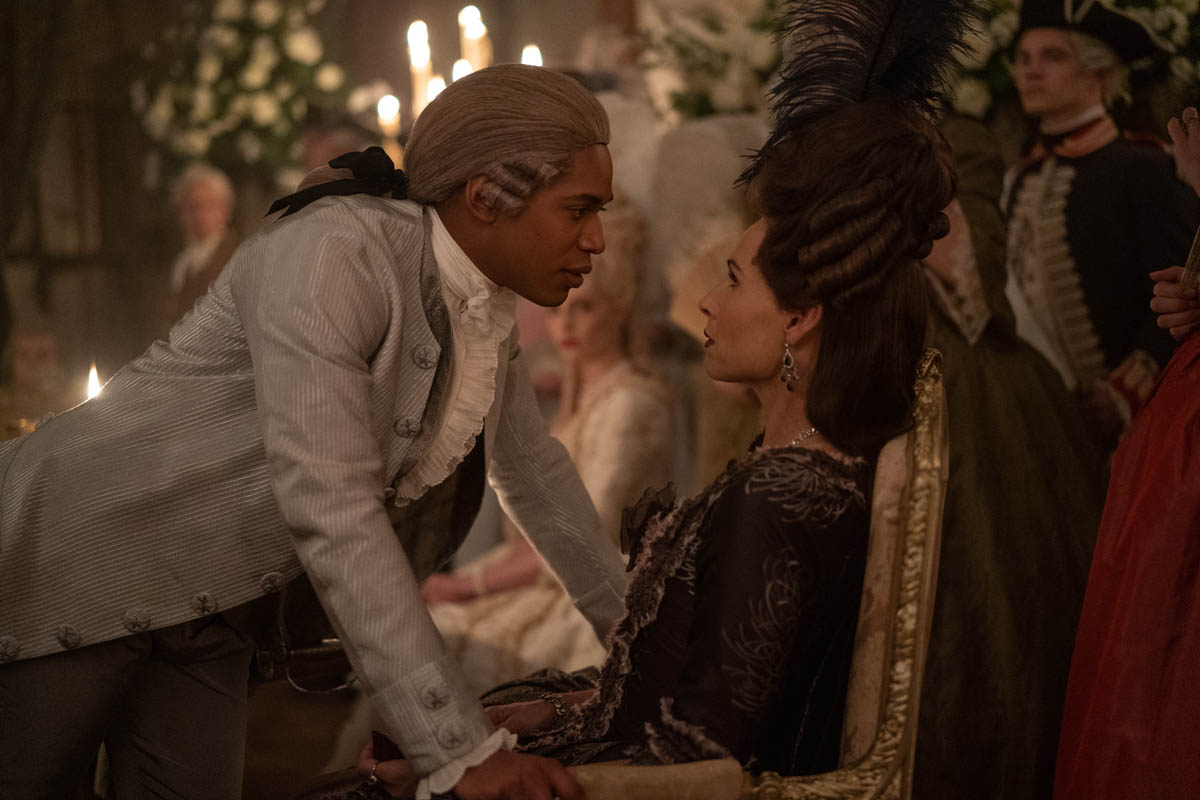 The other big thing I think of is performance, so it's which performance best tells the story, which tone, which temperature of performance.
The other big thing I think of is performance, so it's which performance best tells the story, which tone, which temperature of performance.
SIMON: It comes back to ScriptSync for me because John gave me Magenta to use.
AXELRAD: That's your nickname now. (Laughing)
What's your color marker?(Directed to John)AXELRAD: Mine is black.
Ooh, black. (Said approvingly)SIMON: When I'm watching the dailies for the first time, anytime I find something that's genuine or truthful I just drop a marker there and I don't even think about it. Sometimes if there's something specific I'll go back through it or if it's a multicam clip I'll specify which camera it is
When we're going back through a scene and refining it and saying "Is this the best performance?" or, "Why did you choose this take?" John will come into my room he'll be like "Why did you use that take? " sometimes I won't have an answer right off the bat but when I go through ScriptSync and I can toggle through all of the different takes, when I find one that has a magenta marker in or around that area I go "That's the one my gut said when I first saw this clip " and maybe we should switch it to that take.
AXELRAD: Then I'll see a black marker a little ways away and say, "No. That one overrides your magenta."
SIMON: The best is when the black and the magenta markers are right next to each other, which has happened and that makes me feel validated. (Laughing)
AXELRAD: It does start off micro and we are choosing to edit scenes based on performance but I just don't see it as "First you do this, then you do this." I like to get to a point where I can see the macro so then I can then focus on the micro.
Performances are nuggets that can still be mined and maybe something is working story-wise but something isn't resonating as much as it could be or something isn't as cinematic or magical as much as it could be.
Then I just want to remove myself from the macro point of view and get into the scenes, start manipulating and finding those moments. We're always looking for moments of transcendence and it's a dance between looking at the big picture and the micro.
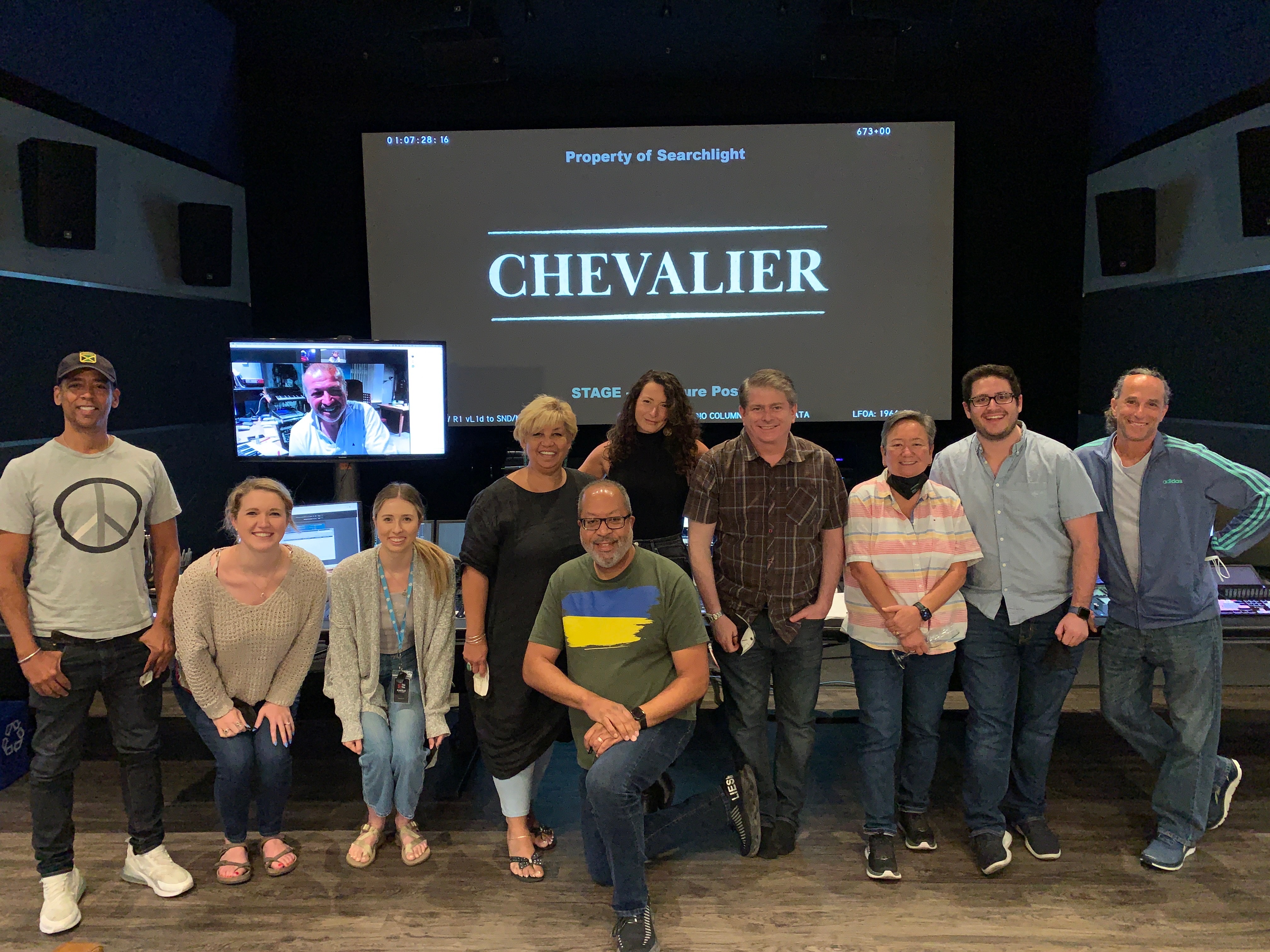
Post crew
I love the story Joe Walker told me about Arrival where they picked the most emotional scene of Amy Adams reacting as a scientist to these alien creatures and when they cut the whole movie together they were like, "She needs to be a scientist, she needs to be removed and cool" and so even though they chose great performances, they went back and found drier performances because that was correct in the context.SIMON: There's one thing in Chevalier that was similar to that Arrival story which was when Joseph finds out about his child because when we first put that scene together we used a take that was originally a little bit more reserved because we thought that one take that had more emotion and it was maybe a little too big and it was only when we saw the full feature that we were like, "Oh, let's make that moment bigger." and we swapped out the take.
AXELRAD: This is one of the points where I realized that I was wrong because I remember Stephen circled that was his favorite and my reaction looking at it was "Oh, this is too over the top." And when I told him, he said “Do what you think but I still like the take.” And he was right, in context it fit much better. Then I thought, "What was I thinking?"
This is why what we do is so interesting because we don't have the answers and you're observing the film as its own entity and it's got to speak to you and tell you what it needs to be and wants to be.
Gentlemen, thank you so much for your time. I really appreciate this, it was a fascinating discussion!AXELRAD: Thank you, Steve!
SIMON: Thank you!
